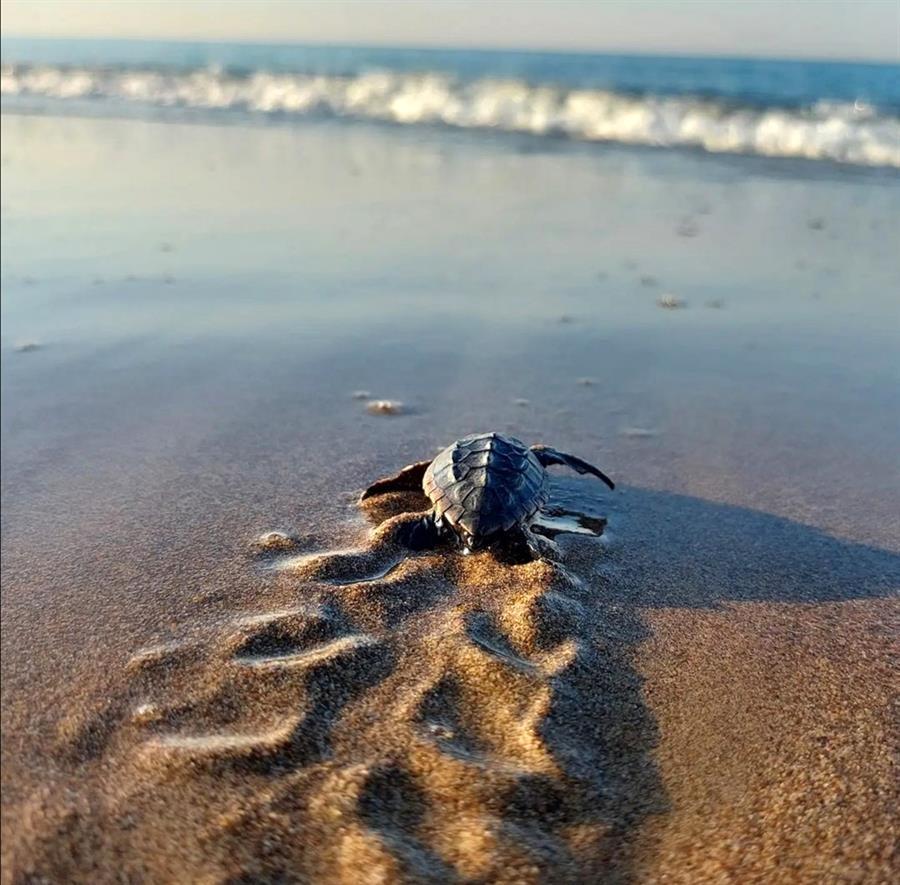
The number of Caretta caretta nests in the southern province of Antalya’s Belek district has decreased by 61 percent following the 1-degree Celsius drop in sea water temperature.
“The temperature, which was 18-18.5 degrees Celsius (65 Fahrenheit) in April and May last year, the mating period of turtles, was around 17-17.5 Celsius (63 Fahrenheit) this year,” Ali Fuat Canbolat, an assistant professor from Hacettepe University in the capital Ankara and the head of an ecological association, said.
Meanwhile, Canbolat also pointed out that there was also a 38 percent decrease in the nests in Kızılot in Manavgat district, saying, “We are faced with the same decrease in the nests in other parts of the country, but it was obvious that this would be the case because the nesting had started late.”
Underlining that there were 3,850 nests in Belek and 2,250 in Kızılot last year, Canbolat said, “We can say that this year’s new nest formation process has come to an end with 1,500 nests being formed in Belek and 1,400 in Kızılot.”
Canbolat said some 20,000 baby Carettas have hatched in 400 nests to reach the sea in Belek, and there have been around 7,000 hatchlings on the 26-kilometer Kızılot beach so far, noting that the hatching season will continue until the end of September on both beaches.
The nesting season of endangered Caretta carettas on the Mediterranean beaches has been delayed for more than two weeks this year due to the cold weather. The first nest was formed in Belek on May 17 and in Kızılot on May 21, Canbolat said.
Antalya’s 29.5-kilometer Belek beach is known as the largest nesting area for sea turtles, who nestle on the beach in late April and early May.
Noting that the field work on these two beaches will continue until the end of September with nearly 50 volunteers, Canbolat said, EKAD has been carrying out studies such as the detection of nests in Belek, recording the hatching statistics of Caretta carettas and protecting the babies for two years.
Stating that field studies are carried out with staff and volunteers on two beaches with a total length of 55.5 kilometers, Canbolat said, “Our team go down to the beach at around 4.30 a.m. every day and check whether a new nest has been formed until 11 a.m., after which newly formed nests are numbered and recorded.